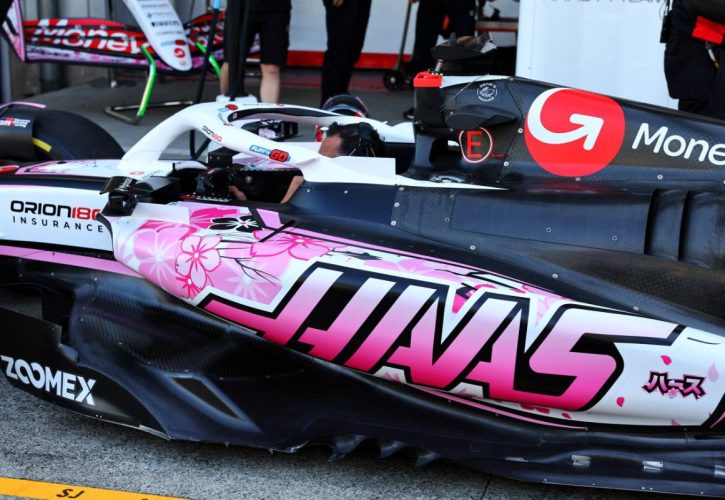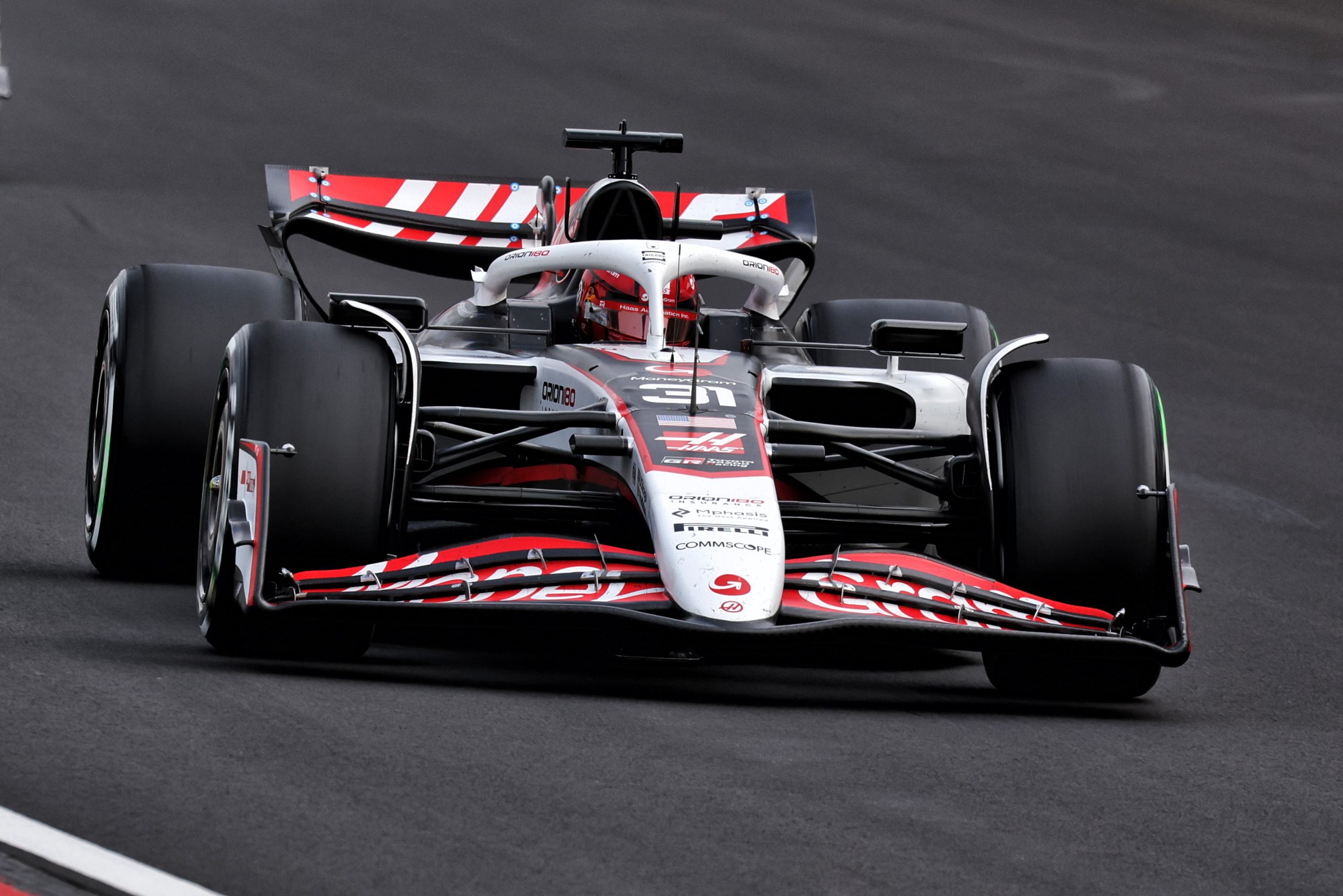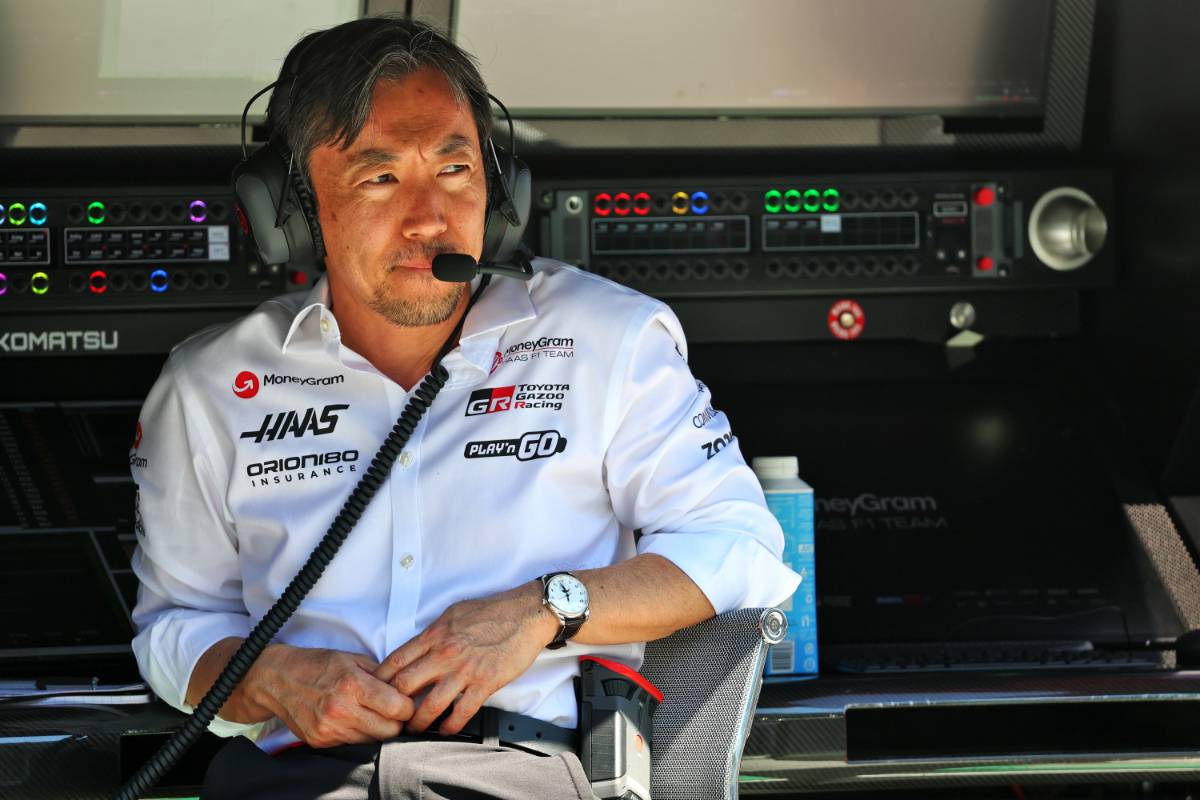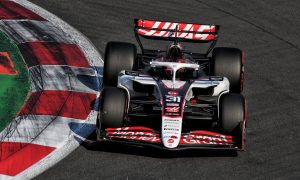
Haas heads into the Japanese Grand Prix weekend with a risky move after fast-tracking a new floor for its VF-25 car in a bid to address persistent aero issues plaguing its car in high-speed corners.
Team principal Ayao Komatsu has openly admitted that the American outfit is taking a gamble with this update, driven by necessity after a dismal showing at the season opener in Melbourne.
With the Suzuka circuit’s demanding high-speed corners looming, Haas sees no alternative but to roll out this untested revision, hoping it can unlock the car’s potential – or at least avoid a repeat of their early-season struggles.
A Tale of Two Weekends
The 2025 season started bleakly for Haas at Albert Park, where the VF-25 faltered through Melbourne’s high-speed Turn 9-10 section, leaving the team languishing at the back of the pack.
A week later, fortunes flipped in China, where smoother track conditions masked the car’s flaws, allowing Esteban Ocon and rookie Oliver Bearman to finish fifth and eighth, respectively, bolstered by Ferrari’s double disqualification.
The 14-point haul propelled Haas to sixth in the constructors’ standings, but Komatsu knows the Shanghai success was more about luck than a fix.
With Suzuka’s layout – especially its first sector – poised to expose the VF-25’s aero oscillation woes again, the team rushed to develop a solution.
A Risky Shortcut
Komatsu laid bare the urgency and uncertainty behind the fast-tracked floor update.
“I can't say for sure exactly how much difference it's going to make, because in order to get the parts here we had to really shortcut the process,” he said.

The decision was non-negotiable after Melbourne’s debacle.
“It is a risk. It’s a judgment call. But to me we had no option. The scale of the issue in Melbourne was huge. We were the slowest car by country a mile. So we had to do it,” he explained.
The team couldn’t afford to arrive in Japan with the same flawed package, especially given Suzuka’s predominance of high-speed corners that could magnify their weakness.
The development process was unconventional, leaning heavily on instinct over data.
“Honestly, we just relied on our aero guys and designers' understanding to make certain modifications. So certain things are geometrically different and aerodynamically different as well,” Komatsu revealed.

“We just put everyone's latest understanding, without any proof, because we had to design it, we had to release it, we had to make it - otherwise we weren't going to make it here.
“So, we had to do it. But then, respectively we put it in the windtunnel, to see if that idea is actually correct or not,” he said. “It is correct. It's definitely the right direction. But I just don't know how much difference it's going to make.”
Nerves on Edge for Suzuka
While the wind tunnel confirmed the update’s direction, its real-world impact remains a question mark – and one with potentially huge consequences.
“It's all small differences. But it can lead into possibly something catastrophic, or not,” Komatsu cautioned. “It's quite nerve-racking. But that's the honest feeling.”

The true test will come early in the weekend. “As soon as we do a lap, as soon as we go through sector one, we will know if it's going to be like Melbourne or not,” he added.
Suzuka’s flowing, high-speed first sector will be the moment of truth, revealing whether Haas’s gamble pays off or plunges them back into the abyss.
For a team riding the high of China’s points but haunted by Melbourne’s misery, this update is a calculated leap of faith. Komatsu’s candor underscores the stakes: a small tweak could either stabilize the VF-25 or unravel their weekend entirely.
Read also:
Keep up to date with all the F1 news via X and Facebook





